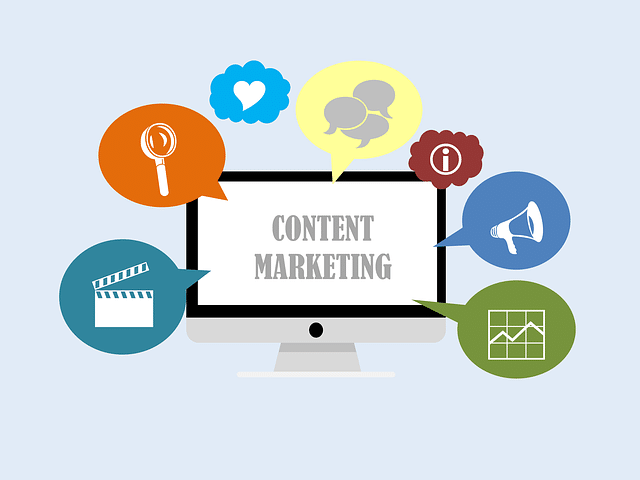Is AI Marketing’s Future?
Balancing analysis and execution has always been part of the marketing equation. Moving into the digital age marketing has only become more complicated, especially with the growth of social media’s influence. However, the established cycle of analyzing, optimizing, executing, and repeating is still the foundation of all our successful initiatives.
Today, the era of personalized marketing has arrived. Robot assistants are able to perform more of the mundane duties that human marketers had to do in the past. Robots can complete these tasks more quickly and accurately than human marketers have ever been able to. A driving force behind these developments and one of the early innovators behind artificial intelligence is IBM.
With their Watson Marketing suite of tools and APIs, IBM is powering an increasing number of real-time analysis and optimization opportunities. Using Watson CMS, the IBM Think Marketing portal automatically serves up a different mix of content based on what you’ve read in the past.

We were given a glimpse of marketing’s future, at The Masters’ golf tournament. IBM is a long-time sponsor of this internationally recognized event. Because of their sponsorship, they provide the tournaments technology. For the first time, IBM used Watson to automatically determine which video clips should appear on the official Masters’ website and mobile app.
Watson based its decisions on real-time signals it gathered live on-site. These included variables such as loudness of the crowd’s reaction and by analyzing the announcers’ commentary. Watson instantly identified a piece of video as a highlight, tagged the video, and pushed it live out to social media.

Can you imagine the ability to have this technology applied to your YouTube channel? Or how it could be used to determine the optimal email subject line for each recipient of your email campaign. Or creating instant ad buys for content that outperforms your past efforts. Today, human marketers can do all of these tasks. However, it requires a lot of their time and a lot of effort to do so.
Are The Robots Here to Help?
Artificial Intelligence learns from each interaction, getting smarter and making it able to take many labor-intensive functions and automate them. Because of this marketers are freed from mundane tasks and given the time to think and create. While robots work. Rather than being artificial intelligence, AI for marketers is actually augmented intelligence.
There’s really no fear that robots will replace marketers. Instead, it’s exciting to imagine how robots will help marketers do their jobs better and faster. AI will help create communications that are more relevant and impactful between visitors and businesses who choose to embrace the future.

Watson and other cognitive systems are only as good as the data, requests, and other inputs fed into it. This is why the successful marketers of the future will understand and embrace new technologies moving forward. Learning what is possible, and how to structure the feeds, sequences, and triggers needed to maximize the benefits of real-time technology at their disposal.
Will Artificial Intelligence Be Marketings Future?
The currency among professional marketers is their insatiable curiosity, combined with an acute understanding of data, applied to ever more varied customer journeys. All marketers will need to understand what actually motivates your visitors to become customers. If you want to hone your digital marketing skills subscribe to my Business blog.

Marketers have always taken pride in their creativity. The ability to develop a concept that is both groundbreaking and effective attracting customers to their product or service. In the digital age, many interactions will soon be specifically tailored to your individual customers’ needs. We are witnessing the dream of personalized marketing becoming a reality.
Have you adopted the use of Artificial Intelligence in your business? How is Artificial Intelligence making your marketing easier? Leave us a comment about how AI has helped your business.







